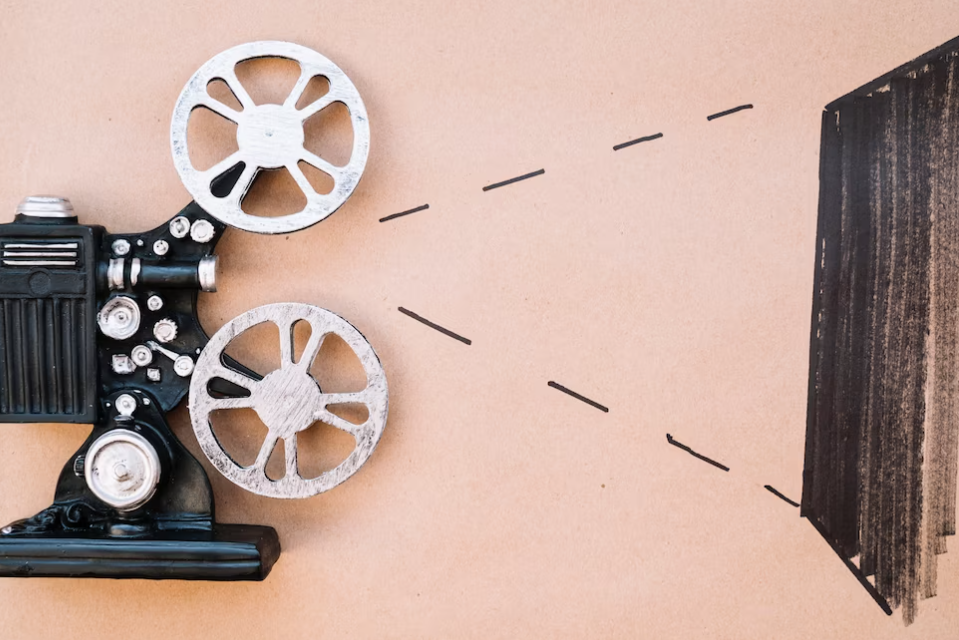Have you ever wondered how music and sound are preserved and transported in the digital age? In this article, we will dive into the fascinating world of digital audio transfers and explore the technology behind it. Whether you’re a music enthusiast, a professional sound engineer, or simply curious about the magic of sound, this article will take you on an immersive journey.
Understanding Digital Audio Transfers
What is Digital Audio?
Before we delve into the intricacies of digital audio transfers, let’s start by understanding what digital audio actually is. In its simplest form, digital audio refers to sound that has been converted into a digital format, consisting of binary code. This digital representation allows sound to be stored, manipulated, and transmitted using electronic devices.
The Process of Digital Audio Transfer
Digital audio transfers involves the conversion of analog audio signals into digital data that can be stored and transmitted using various devices and platforms. The process typically involves the following steps:
- Analog-to-Digital Conversion: The analog audio signal, such as the sound waves produced by a musical instrument or a voice, is converted into a digital form using an analog-to-digital converter (ADC). The ADC samples the analog signal at regular intervals and assigns numerical values to each sample, creating a digital representation of the sound.
- Digital Storage and Compression: Once the analog audio signal has been converted into a digital form, it can be stored in various digital audio formats, such as WAV, MP3, or FLAC. These formats employ different compression techniques to reduce the file size while preserving the audio quality to varying degrees.
- Digital Transmission: Digital audio can be transmitted through various means, including wired connections, wireless technologies, and the Internet. The digital data is encoded and decoded by devices such as audio interfaces, streaming services, and media players, allowing the audio to be played back on different devices.
Benefits of Digital Audio Transfers
Digital audio transfers have revolutionized the way we create, distribute, and experience sound. Here are some key benefits:
- Improved Sound Quality: Digital audio formats can accurately capture the nuances of sound, resulting in high-fidelity reproduction. This allows listeners to enjoy music and audio recordings with exceptional clarity and detail.
- Convenience and Portability: With digital audio, we no longer need to carry around bulky physical media like vinyl records or CDs. Instead, we can store thousands of songs on a small device or stream them directly from the internet, making music more accessible than ever before.
- Ease of Editing and Manipulation: Digital audio can be easily edited, mixed, and manipulated using digital audio workstations (DAWs) and software plugins. This flexibility empowers musicians, producers, and sound engineers to create unique and innovative soundscapes.
- Preservation and Restoration: Digital audio transfers have played a crucial role in preserving and restoring historical audio recordings. By digitizing fragile analog tapes or vinyl records, we can ensure that valuable sound archives are not lost to time and decay.
Conclusion
Digital audio transfers have opened up a world of possibilities for the creation, distribution, and preservation of sound. From the conversion of analog signals to the convenience of portable digital formats, this technology has transformed the way we interact with music and audio. So next time you press play on your favorite song or immerse yourself in a captivating podcast, take a moment to appreciate the magic of digital audio transfers.

